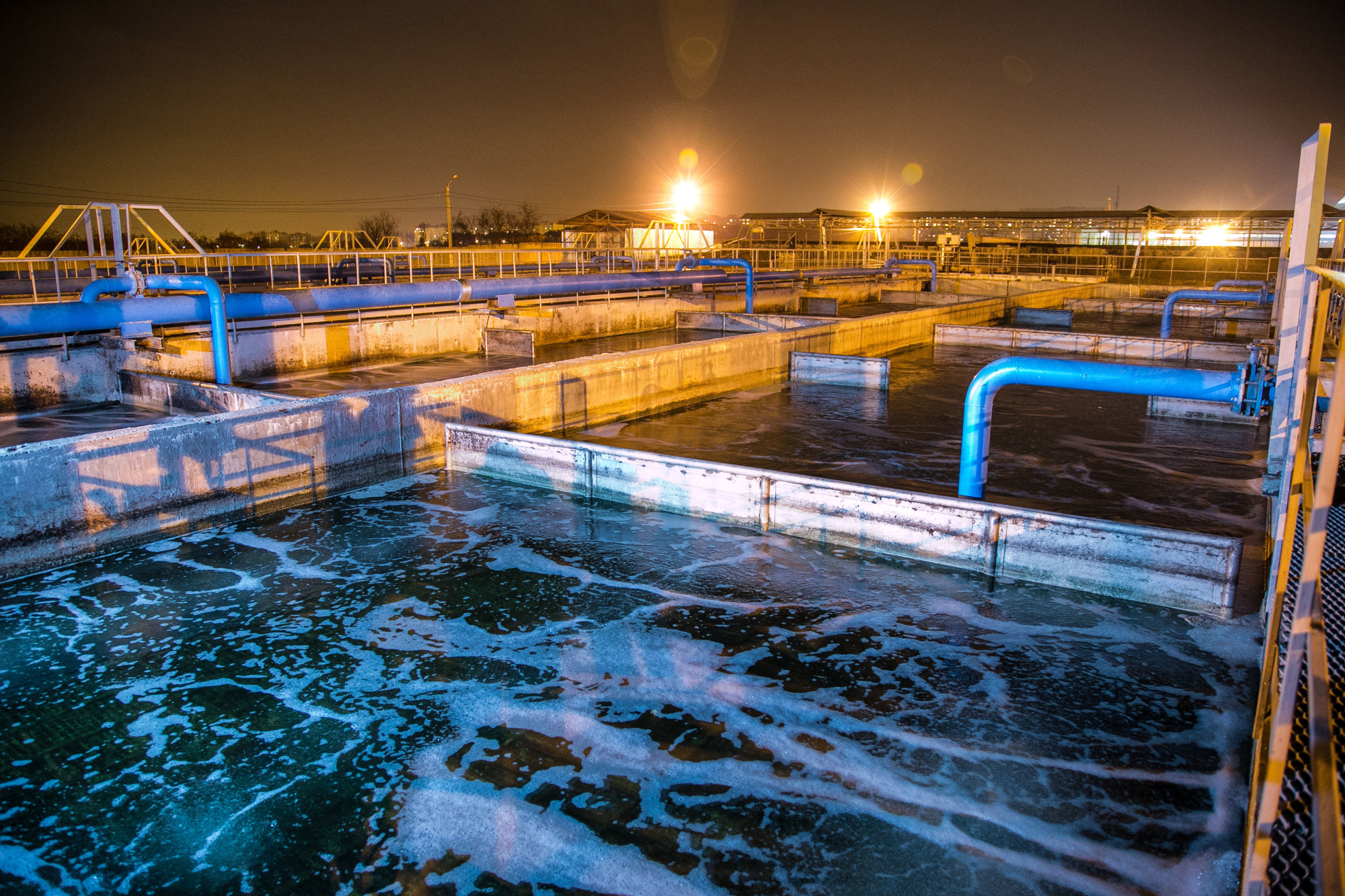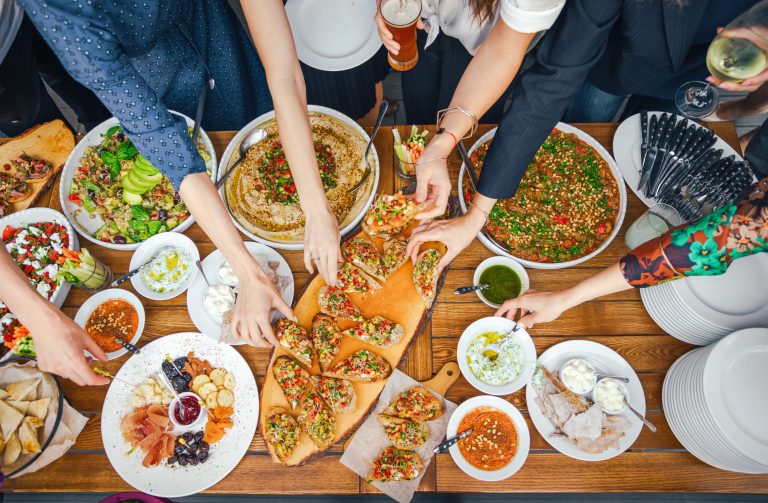Treating Wastewater: A Guide to Effectiveness and Compliance

If you own a business, you know that water is expensive.
To stay in compliance with state and federal regulations, you can’t let your wastewater disposal increase your business’s water costs.
To cut water pumping costs, you need to know more about wastewater treatment. If you’re not an expert, the term can be confusing and intimidating. But it doesn’t have to be always complicated.
Treating wastewater can be simple and fast. Here, you’ll learn how to simplify the process and start saving money.
Table of Contents
Dewatering
It can treat wastewater, by removing excess water from it. The water is easily filtered through a mesh to collect solid particles such as oils, sludges, chemicals, etc., then drained from the system. Depending on the application, the sludge can be further treated through chemical, physical, or biological treatments.
This process helps increase the efficiency of the wastewater treatment plant, making them cost-effective. Additionally, it provides a more hygienic and safe environment due to the absence of contaminants.
A belt filter dewatering system also conserves water resources and reduces the need for chemical additives and energy consumption. It can be done manually or mechanically, depending on the application and the results desired.
Settling
It is a process used to treat wastewater by removing solids from the water. This process involves allowing the wastewater to settle in a large tank or basin. During the settling process, the wastewater can stand or flow slowly in a wide and shallow basin.
Solids in the wastewater will sink to the bottom of the tank due to their higher density, forming a sludge layer. This layer is regularly removed in order to prevent a buildup of solids.
The remaining wastewater will then be sent to a treatment plant for further treatment. Settling is an effective and simple way to remove solids from wastewater before it is sent for further treatment.
Conserve Water
The primary step is to use efficient water-saving appliances and fixtures and replace outdated or inefficient ones. Leaky plumbing and fixtures should be quickly fixed or replaced. Low-flow toilets, showerheads, and faucets should reduce water consumption.
Also, rainwater harvesting can catch and store drainage. This water can then be used for gardening or other things instead of going into the sewer or septic system. Reusing greywater is another way to save water. For example, you can use collected water to wash clothes and take baths.
Lastly, collecting and removing silt from the storm drain and sewerage system can help lower the number of pollutants in stormwater runoff. Water conservation is a simple way to help protect the earth and do the right thing with wastewater.
Start Treating Wastewater Today
Treating wastewater is a complex process, but this guide has taught us the fundamentals. We have now learned how to minimize pollution and stay compliant with regulations.
With this knowledge, we can take the necessary steps to protect our environment and our health for years to come. Take action today and begin treating in the most effective and compliant way.
If you find this helpful and want to read more great content, check out our latest blog posts now!






